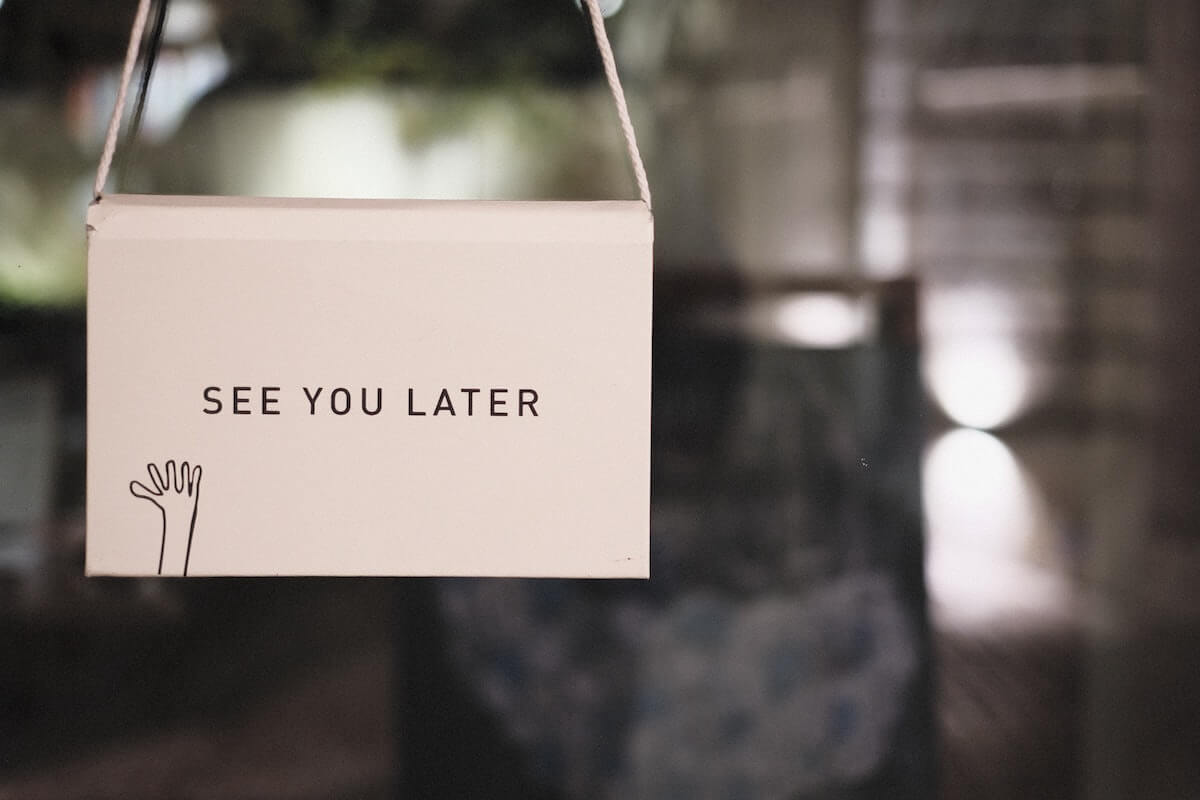6 Best Practices for Onboarding Employees

Hiring great people is hard! And everyone understands that hiring them is not the most challenging part. After that is when the work and challenges come.
The first step in the relationship is the onboarding of the new employee. First impressions come in, and everyone loves to make a good impression. Also, it’s an excellent time to see if it’s a good match for both.
So what are the best practices when onboarding a new employee?
1. Onboarding starts before the first day
You’re too late to start onboarding the new hire on the first day. You can say that onboarding begins on the first interview, but let’s push it after someone accepts the offer.
When your commitment is sealed, you should start. Even if weeks or months away from the first day.
What should you do? Simple gestures. Send an email asking how they are feeling. Sending some information around generic topics and how the company works. Maybe invite them to some informal team gatherings (no meetings!)
Your goal is that they feel welcome, excited, and safe about starting a new job.
2. Define goals for the onboarding and share them with the new hire
Creating the goals should be a shared discussion between the company and the new hire. Of course, the company knows the standards that new hires need to meet. But the new person being brought to the discussion already creates the sense that their feedback it’s important.
3. Create a plan for onboarding
Create a plan for the onboarding with the relevant topics and goals in mind.
It should be possible to adapt the plan to the person. There is always a base structure, but people are different, and adjusting will gain extra points with the new person.
The reality is that different people learn differently and at different speeds, so try to accommodate that in the plan.
4. Open time for the new hire to create relationships
It’s great that the person is fully onboarded as fast as possible, but you are not looking for a robot. Give the person time or incorporate it into the plan for the new hire to be around and talk with the coworkers.
This will open lines of communication that the person will be able to use in the future for questions, feedback, or whatever.
5. Have someone always available to help or to reach out
Some people will reach out to you if they have problems, but some people do not do that. So it’s essential to have someone that can follow the new hire closely. Someone that can answer questions that the new person may not be comfortable saying out loud.
From time to time, this “buddy” must reach out to help and ask. Also, this buddy could be an excellent way to get feedback.
6. Get feedback from the new hire
Onboarding is a process that should always be open for improvement (like any other process). It’s essential to be available and create the mechanisms to get it from the new hire. Sometimes it’s easy for us to ignore some process just because we got used to it over the years. The new hire will give a pair of fresh eyes that can introduce new ideas.
Conclusion
Onboarding is a crucial part of the success of the new hire. It can make or break a relationship, so be thoughtful about what you make of it.
What practices do you use in your onboarding?
